Ideas for Layouts, Raised Beds, Soil Prep & More!
A perfect symmetry of rows of colorful edible flowers and vegetables is heaven to many gardeners. When planning your own garden, you have the freedom to create exactly what you want! You don’t have to be restricted by what you or anyone else may think is the “right” way to lay out kale, carrots, or corn. If you find the traditional approach of straight rows too boring, consider other geometric possibilities, such as an octagon or pie wedges. Explore Pinterest or our customer photos for some outside-the-box inspiration. Free-flowing gardens allow for meandering paths and a more relaxed atmosphere. Or get really adventurous with a food forest, a low-maintenance permaculture system which mimics nature (read more here). Whatever you choose, have fun walking around your space and envisioning all the potential for your garden.
Elevate Your Gardening Game with Raised Garden Beds
Once you’ve conjured the possibilities for your space, consider that in most climates vegetables and herbs grow best in raised beds. Raised garden beds provide infinitely better drainage than do beds built flush with the soil. They heat up faster in spring, adding days or even weeks to your growing season. And they allow for far easier soil amendments. If underground pests like moles are a factor, a layer of finch wire (with smaller holes than well-known chicken wire) can easily be laid down prior to filling the bed with soil and will last for years. Read more about raised garden beds, here: 4 Reasons To Build Raised Garden Beds.
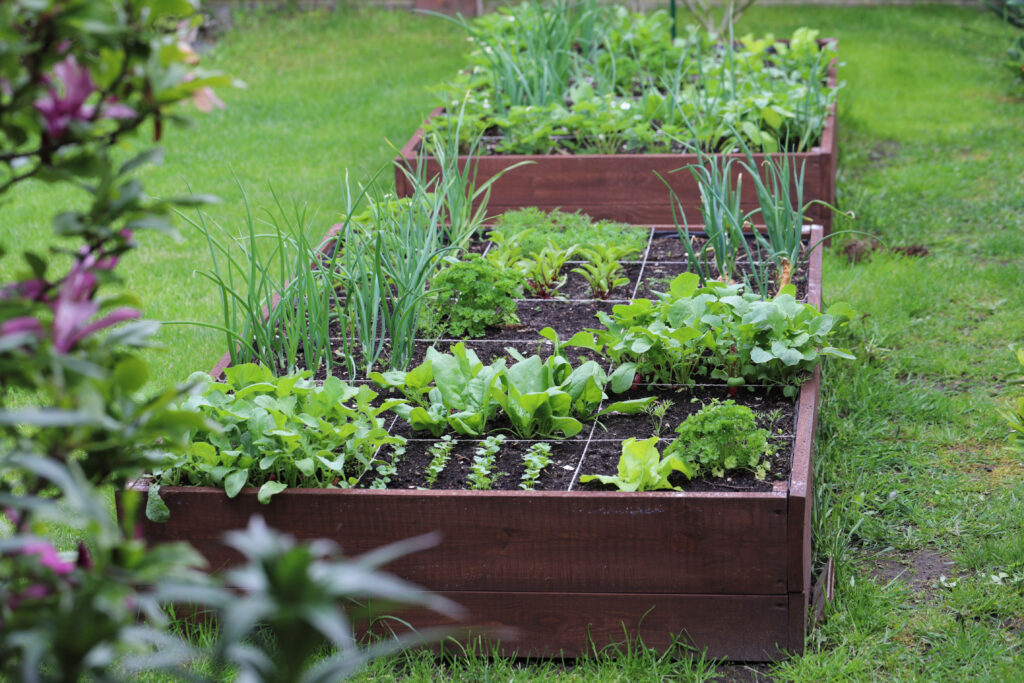
Most gardeners like to support their raised beds with wooden or plastic frames; others just mound up the soil and use rocks or bricks to retain it. This method is for the gardener who likes a more free-flowing environment, and who also likes to put in the work each year of reinforcing and sometimes reinventing their garden! Rectangular wooden frames provide a more orderly layout. They also deteriorate and require quite a bit of room around each bed, room that could house additional plants.
Do not frame your garden beds with creosote-laden railroad ties. New types of pressure treated woods are safer than those produced in the past, but the best choices for framing vegetable beds are natural materials. Naturally rot-resistant cedar makes an attractive raised-bed frame and also weathers nicely. Unfortunately, it is usually the most expensive option.
Vegetable gardeners have learned that beds built no broader than four to five feet separated by paths, allow you to reach into the middle of each bed without stepping into it and compacting the soil. And when the soil is at shin level, weeding and harvesting are less of a strain on your back.
If you choose a “traditional” in-ground garden, it’s best to find a section of yard that can be fenced in an attempt to keep pets, squirrels, and other varmints out. The fence also marks a definite separation from the yard where everyone can run freely, and the garden that needs to be protected, for the most part. Those with opposable thumbs can enter, those without, stay out.
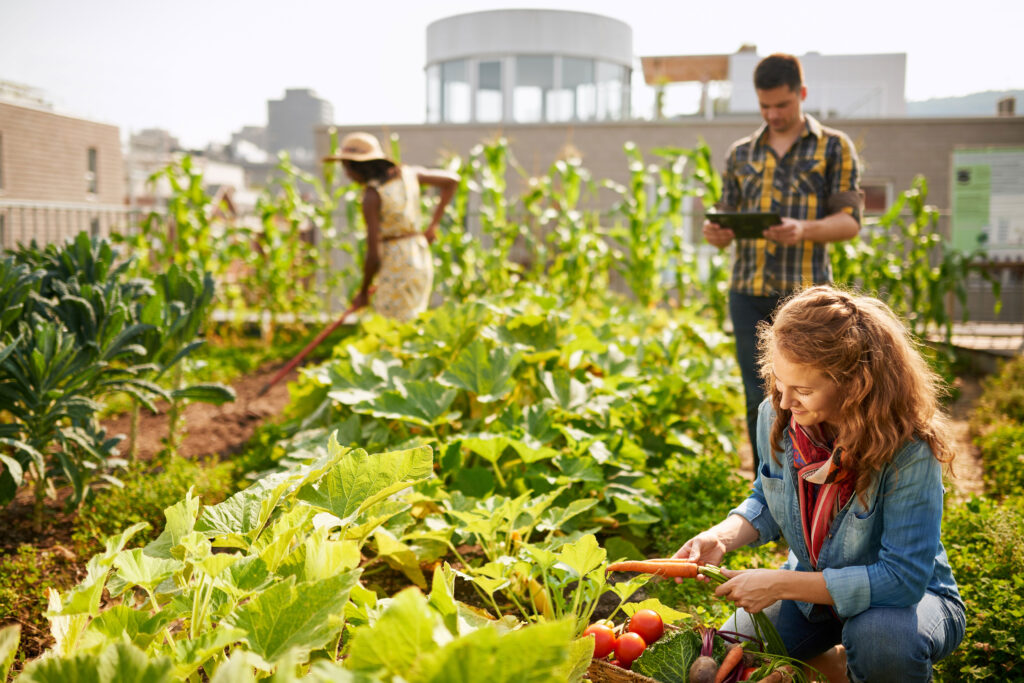
Time to Prep Your Soil
Loosen the soil with a shovel, garden fork, and/or tiller to a depth of at least eight inches and add several inches of compost. If you are making raised beds, build them up to 12 to 18 inches above the path grade, and fill them with the ideal mix of topsoil, compost, and other amendments. In either case, if the soil is sandy, mix in an extra helping of compost.
One could scroll and shop the Eden Brothers site for hours dreaming of all the possibilities of delicious food to grow (yes, please!), but we highly recommend that you plan and prepare your new garden beds before you buy seeds. Knowing the soil type, drainage, sunlight exposure, and garden size allows you to select seeds suited to the specific conditions of your garden. For example, if parts of your garden are shaded, you can prioritize seeds for shade-loving plants like arugula and lettuce. By preparing the beds first, you avoid buying seeds that may fail in unsuitable conditions. It ensures that when the seeds arrive, you’re ready to plant them at the optimal time.
Be Neighborly with the Best Companion Plants
It’s incredibly important to reference good strategies for companion planting. Knowing which vegetables make good neighbors can make the difference between a garden working for or against itself. Planting peas in the spring, for example, fixes nitrogen into the soil that is best used by corn being planted in the same place come early summer. Or planting black beauty squash, for example, next to your pole beans offers shade to maintain the soil’s moisture, a much needed attribute for a continuous growing season. Not to mention that nitrogen fixing beans can enrich the soil, benefitting heaving feeders like squash and zucchini. For companion planting with lettuce, see our blog What Should I Plant with My Lettuce?
Draw Your Garden Plan
Once you have prepped your garden beds and gathered all your ideas, use grid paper to draw your own veggie garden plan. Order your seeds before you intend on planting them so you can plan out the process. Now, the fun can begin!
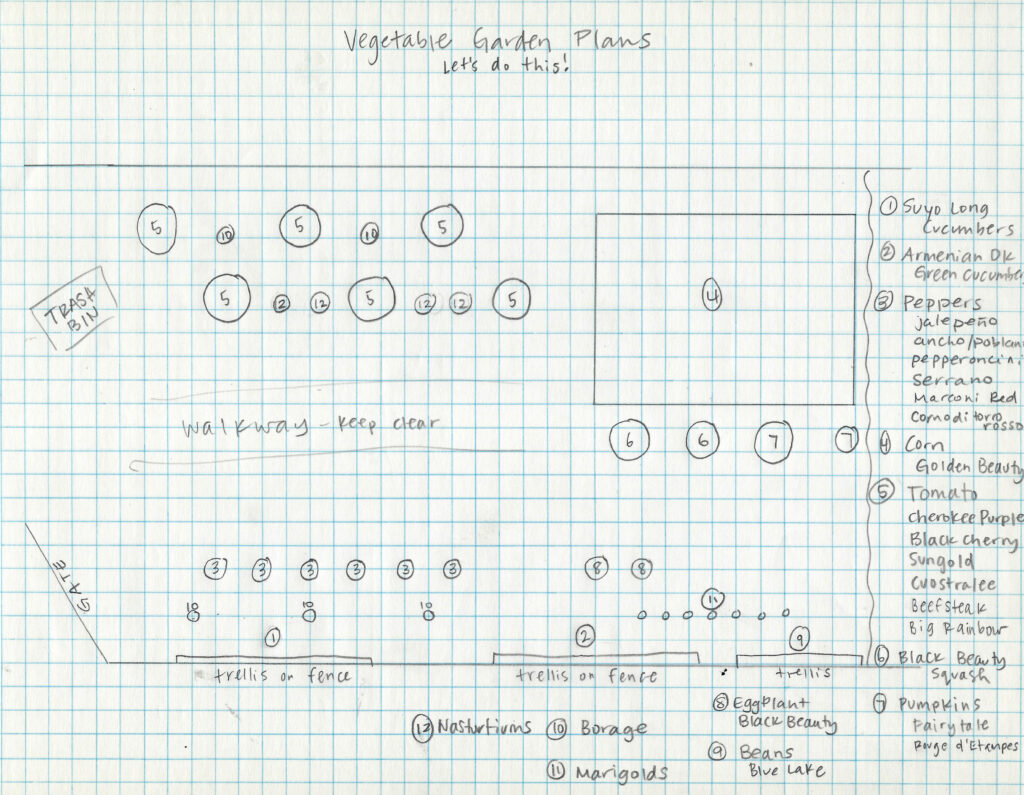
Would you like to read more on the subject of planning your vegetable garden? Consider reading 5 Questions to Answer Before Buying Vegetable Seeds.
More Posts about Vegetable Gardening
-
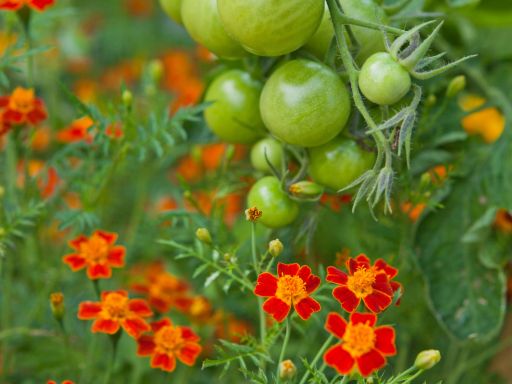
Top 5 Companion Planting Pairs
Companion planting is a natural gardening technique where certain plants are grown together to benefit each other, whether by enhancing growth, repelling pests, or improving soil health. By strategically pairing compatible plants, gardeners can create a more resilient and sustainable garden ecosystem.
-

No Bake Pumpkin Oatmeal Dog Treats: A Garden-to-Bowl Delight
If you’re a gardener and a dog lover, there’s nothing more satisfying than using your homegrown pumpkins to create healthy, homemade treats for your furry friends.
-
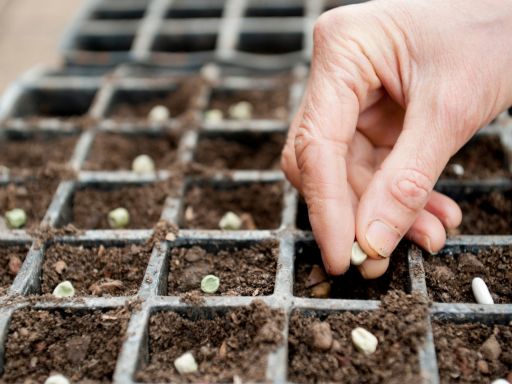
Seed Starting 101
It’s time to start sowing your seeds indoors for spring! Learn all the basics to get you started with these easy tips from our friends at @spokengarden.
-
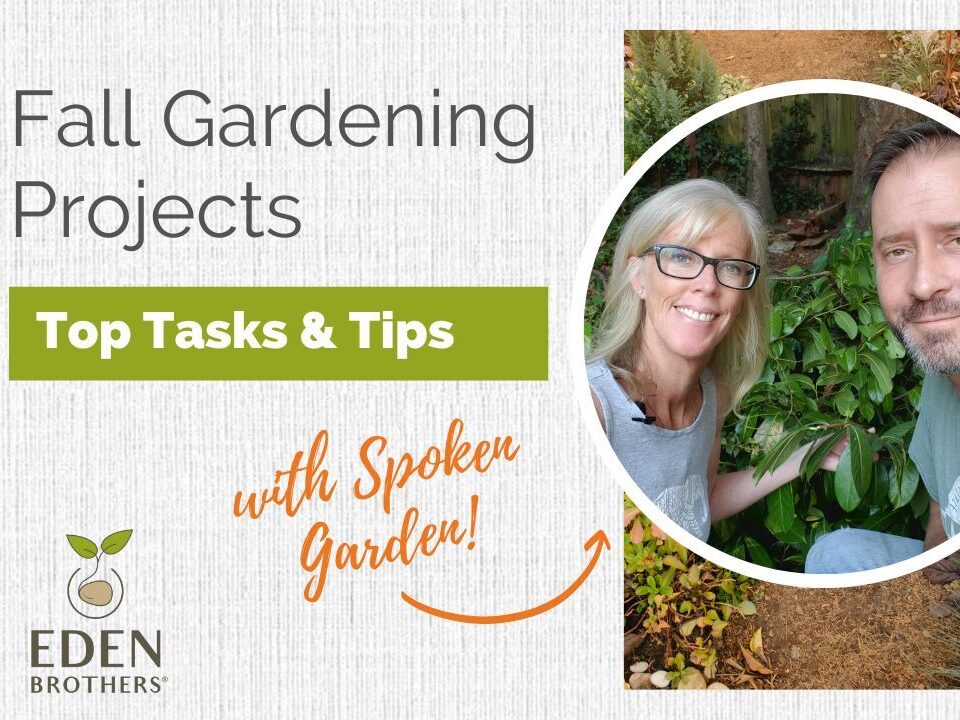
Fall Gardening Projects: Top Tasks & Tips
Eden Brothers and Spoken Garden partner up to explain nine projects gardeners can do to prepare the garden for fall.